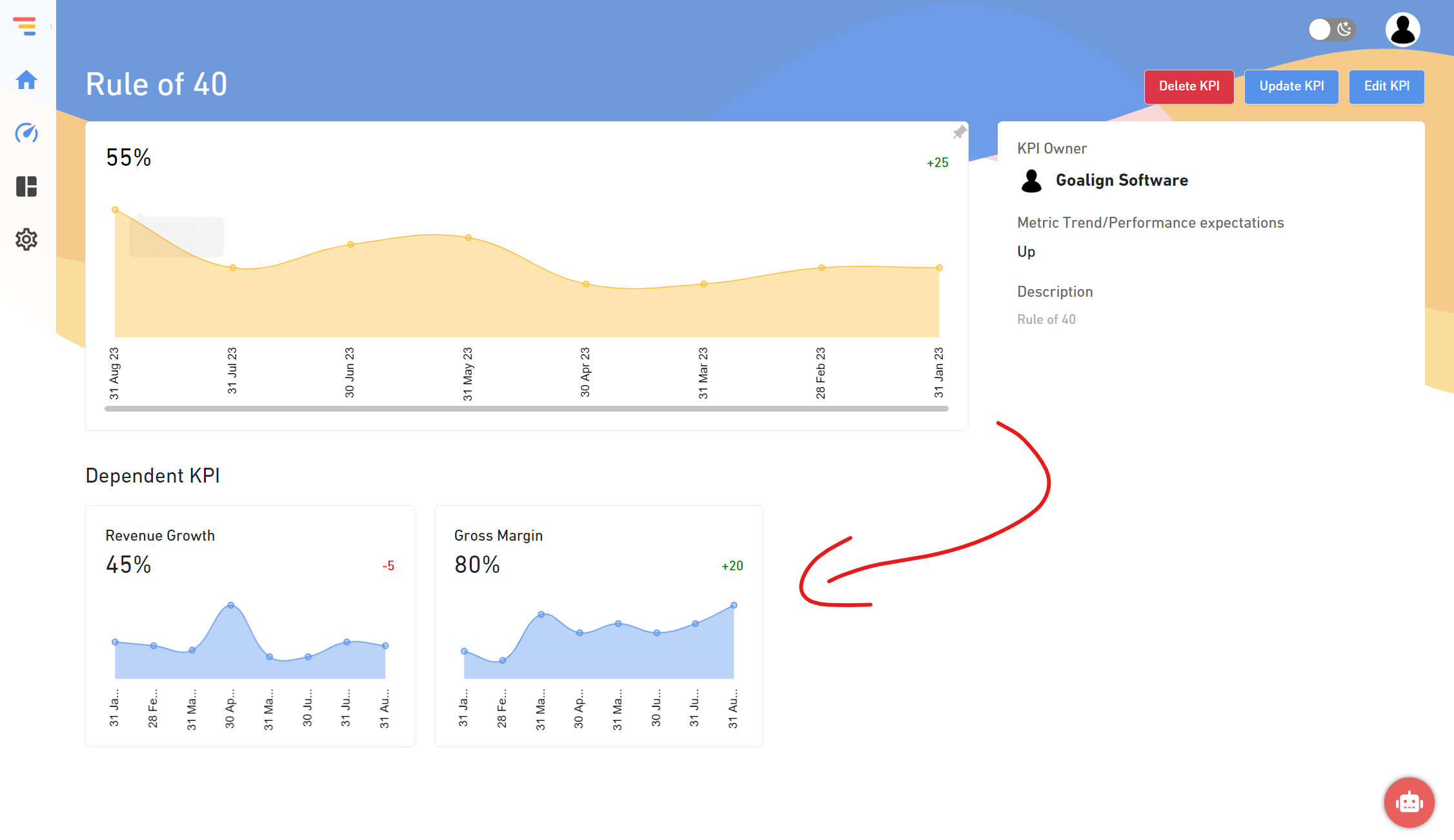Introduction
During this period of difficulty, firms turn to objectives and key results (OKRs) to assist them in recovering and reclaiming market share. Many firms that still utilize traditional goal-setting processes find it challenging to implement OKRs because they fear taking risks.
Google’s Objectives and Key Results approach has propelled the company from nowhere to everywhere. They would not have attained any goal if the worldwide leader did not believe in OKR and risked it. The key is to deploy OKR in a method appropriate for your organization or business. Because the problems differ from one firm to the next, the aims and key outcomes cannot be replicated from another.
Begin by designating the roll-out as an OKR project
If you wish to integrate OKRs without problems and rapidly, you must regard the initiative as an OKR project. Consequently, a schedule, tasks, dependencies, milestones, owners, stakeholders, and collaborators will be developed.
The danger of currently considering your OKR roll-out as a project is that it will be performed haphazardly, and your OKRs, as well as the knowledge, procedures, and cadences you require, will never take root. The fact is that most of these OKR failures resulted from inadequate OKR planning.
The price of poorly written OKRs
Poorly worded OKRs might undermine all of your hard effort to realize the benefits of OKRs. Writing vague, difficult-to-understand, and non-best-practices OKRs can be a formula for catastrophe. The repercussions of bad OKR authoring vary depending on the size of your firm and how much you rely on OKRs to help you develop.
If your OKRs do not adequately communicate your most significant objectives, you risk wasting valuable time on the incorrect tasks. Consider what will happen if the entire organization wastes its most essential resources in this manner — disaster. Furthermore, put your time and effort into something that doesn’t contribute to the more excellent picture.
Begin Your OKR Implementation With The Correct People
To properly deliver an OKR roll-out, several critical responsibilities within your business will often need to be assigned. Ideally, these would be:
- OKR Executive Sponsor – A member of the Leadership Team (preferably the CEO) who can represent and sponsor the project at the highest level, make crucial choices regarding how OKRs will function, and ensure that resources are distributed.
- OKR Project Lead – A senior manager (preferably a C-level) who will be the primary point of contact and accountable for the long-term success of the OKR process.
- OKR HR/People Lead – A human resources representative to ensure that the procedure is aligned with other ‘people procedures.’
- Internal OKR Coach — someone who will provide long-term support for the development of OKR skills. We aspire to make clients self-sufficient as soon as possible, with all of the capabilities required in-house to ensure ongoing, consistent, and sustainable OKR excellence.
- OKR Co-ordinator – organizes meeting dates, logistics, and attendance tracks OKR modifications, and generates reports if ZOKRI is not utilized.
Tried OKRs Already?
We recommend conducting an OKR Retrospective if you are not new to OKRs. We’ll go through the most recent period’s OKRs, as well as what went well and what didn’t. This will take the form of a retrospective/post-mortem workshop and include important training components that will be dynamically selected based on the relevant topics that arise. We will also examine the interaction between teams and OKRs and suggest improvements to be considered during the planning process.
If you are new to OKR, focus on one goal at a time
When setting objectives for your firm, as decision-makers, start with one goal since you are just getting started. It would be best to determine whether the framework is appropriate for your firm. Plan a strategy for adopting them smoothly in your business if it does. Do not make the mistake of defining more than one aim at the outset; you may become overwhelmed with too many objectives and critical outcomes, and you may also overlook a few OKRs, resulting in a disastrous experiment. One explicit goal may show your team members’ strengths and degree of participation, allowing you to plan ahead of time.
You were setting a goal while keeping the organization’s values and fundamental ideals in mind is essential. You may also design an OKR to help your business implement OKR.
Key Results:
- Persuade all three central business units and twenty divisions to implement OKR in their teams by July 31st.
- Locate and install the most cost-effective OKR software available in the market by August 30th.
- By September 10th, create a goal for the company based on feedback from all employees.
How to Select Your Key Results
Even if you become an expert at designing OKRs, limiting your company’s objectives to three is best. You can set stretch goals, but they should not be unduly aggressive. When aspirational goals are not attained, employees assume a defensive posture. Where you want to go is defined by your objectives, and crucial results show how far you’ve gone.
Set up regular meetings to check on progress
Employees may not be apparent when the OKRs are set in the early stages. As a result, numerous meetings are essential to address staff problems and give appropriate advice and direction. Even after becoming acclimated to OKRs, it is critical to have frequent progress sessions to limit the probability of failure. One-on-one conversations can help uncover gaps in an individual’s performance and provide them with the necessary training programs to improve.
Accountability and autonomy Boost Innovation and Productivity
Don’t instruct your staff on how to do their jobs. Employees have a strong desire for independence and autonomy. When you let your employees decide how to achieve the main goal, you will notice more uniqueness and quality in your work. Because not everyone thinks similar, giving staff liberty encourages them to be innovative. Making individuals accountable for their work drives them to finish it.
Conclusion:
OKRs may be created on an excel sheet or a whiteboard, but how useful will they be? You can’t record your previous OKRs, and you have to scribble or type each person’s progress, which is time-consuming and inefficient. Instead, you may use technology to track each employee’s development and spend valuable time on more productive tasks. The recordings can also be utilized as a future reference.
If you fail the first time, don’t give up on OKRs. Before looking for other possibilities, give it at least three attempts. Knowing the potential of OKR, John Doerr has become its advocate.





